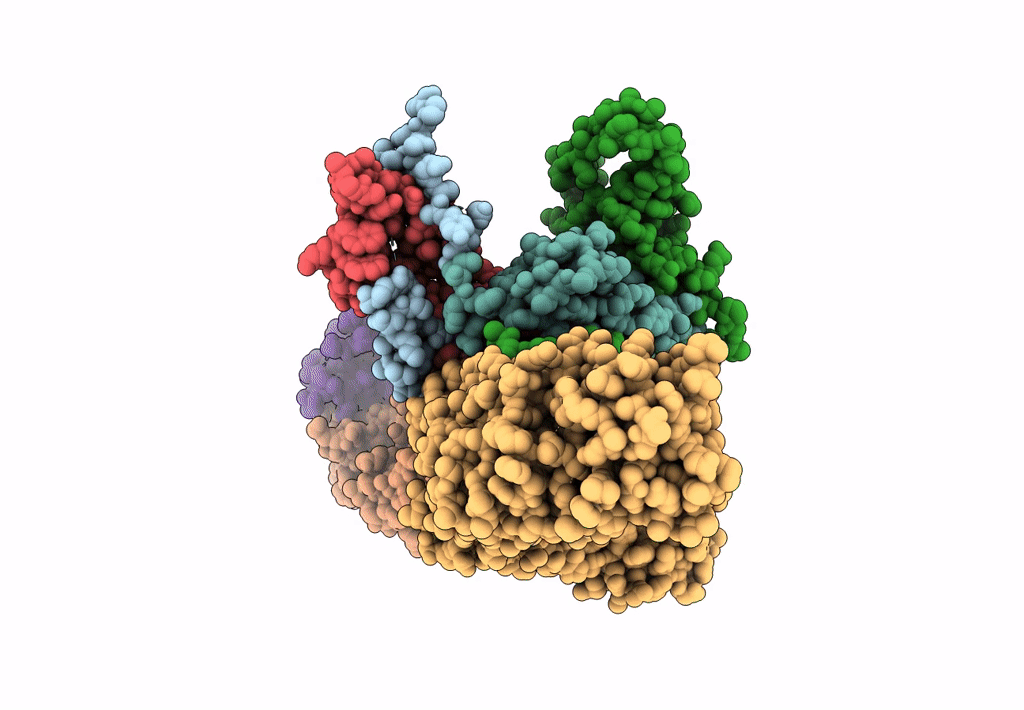
Deposition Date
2023-01-16
Release Date
2023-03-01
Last Version Date
2025-07-09
Method Details:
Experimental Method:
Resolution:
2.70 Å
Aggregation State:
PARTICLE
Reconstruction Method:
SINGLE PARTICLE


